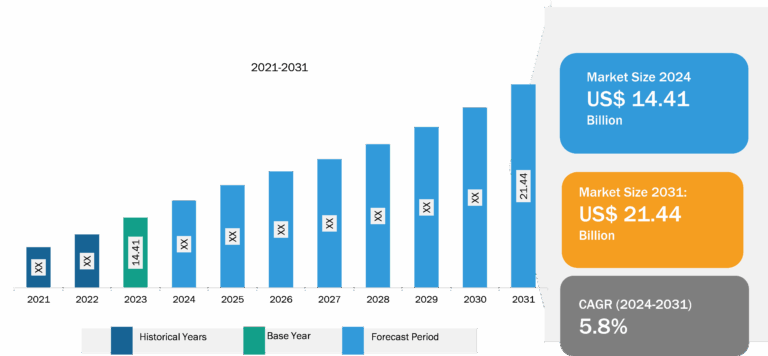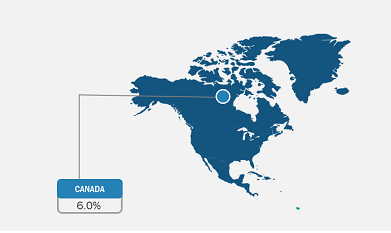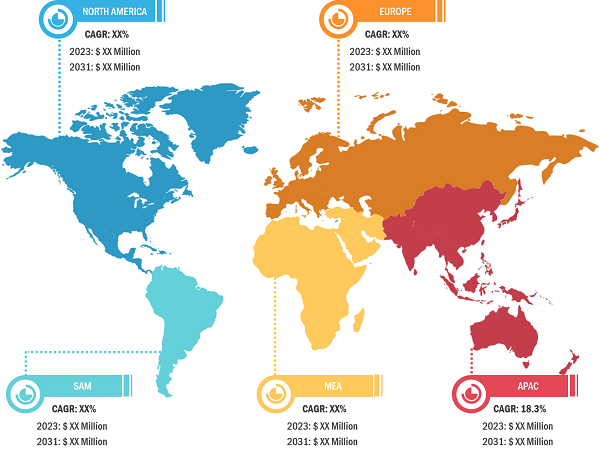
US VRF System Market
Operations of VRF systems involve the continuous functioning of compressors and directing refrigerant strategically on every zone as needed. A VRF system serves as an HVAC solution for a wide range of applications across various industries due to its small size, high energy efficiency, and exceptional zoning capabilities. These systems are installed in hotels, office buildings, apartment buildings, schools and universities, dormitories, data centers, hospitals, manufacturing plants, laboratory facilities, restaurants, large retail spaces, and anywhere that requires simultaneous heating and cooling over multiple zones. They provide a comfortable experience with their quieter operation and personalized zoning, regardless of room occupancy. Centralized control systems aid in the adjustment of room temperatures before guests’ arrival or after checkout, resulting in significant cost savings. VRF systems with a single condenser unlock further energy savings. These devices are also available as water-source heat pumps, serving as an excellent solution for data rooms in office buildings equipped with cooling towers that supply water-cooled air handling systems. Water-source condensing units are incredibly compact and can be installed in a local equipment room with minimal floor space, further rising its demand in the US, fueling the US VRF system market growth.
Educational facilities, ranging from large college campuses to smaller elementary schools, face particular challenges arising from a variety of rooms. Each room, from modest administrative offices to mid-sized classrooms to big gymnasiums, requires various HVAC equipment. All of these diverse needs can be fulfilled with ease using a VRF system with a single control panel. For example, James C. Kennedy Fitness Center at Emory Saint Joseph’s Hospital had installed a Hitachi VRF system because of its high energy efficiency. Air quality and temperature management specifications are critical in hospitals or clinical settings. The air can have an impact on patients’ rehabilitation. A VRF system allows for keeping lobbies and common passages heated or at ambient temperatures while maintaining low temperatures inside recovery rooms. Thus, one can create zones without duct leaks, thereby filtering the air more effectively and minimizing cross-contamination. According to the Department of Energy (DOE), an average hospital utilizes 2.5 times more energy than other commercial buildings. The adoption of VRF systems in hospitals provides an energy-efficient way of maintaining safety and hygiene within their premises for the well-being of patients, staff, and visitors. Thus, diversifying applications across various industries drive the US VRF system market growth.

US VRF System Market Analysis: Segmental Overview
Based on component, the market is segmented into indoor units, outdoor units, and control systems and accessories. The outdoor units segment held the largest US VRF System Market share in 2023 and is anticipated to record the highest CAGR during 2023–2031. In terms of system type, the market is categorized into heat pump, heat recovery, and cooling only. The heat pump segment held the largest US VRF System Market share in 2023 and is anticipated to record the highest CAGR during 2023–2031. Based on application, the market is segmented into commercial, industrial, and residential. The commercial segment dominated the market in 2023, whereas residential segment is anticipated to record the highest CAGR during 2023–2031.
US VRF System Market: Competitive Landscape and Key Developments
FUJITSU GENERAL, Daikin Industries Ltd, Carrier Global Corp., LG Electronics Inc., Panasonic Holdings Corp., Samsung Electronics Co Ltd., Mitsubishi Electric Corp., Lennox International Inc., Trane Technologies Plc, and Robert Bosch GmbH are among the key players profiled in the US VRF System Market report. Several other major players were also studied and analyzed in the US VRF System Market report to get a holistic view of the market and its ecosystem. The report provides detailed market insights to help major players strategize their growth. As per the company press releases, below are a few recent key developments:
- In 2024, Carrier develops cutting-edge heat recovery units in the u-Series lineup. The u-Series lineup is a globally recognized, next-generation, three-phase, full line of VRF equipment for commercial and large residential needs. The most recent launch is one of several planned for the lineup. Carrier’s latest addition to the Toshiba Carrier u-Series portfolio, a heat recovery unit, made its premiere at the AHR Expo in Chicago.
- In 2023, Fujitsu General America released Airstage VU-V. Fujitsu General America’s Airstage VU-V systems offer greater flexibility, efficiency, and capacity for commercial and light commercial applications. Airstage VU-V outdoor units can serve either as heat pumps or heat recovery systems with simple setting changes and the addition of refrigerant branch units (RBUs). The new VRF platform offers broader size ranges, with single modules from six to 16 tons and up to 36 tons per combined system. As many as 64 indoor units can be connected to a single system.






